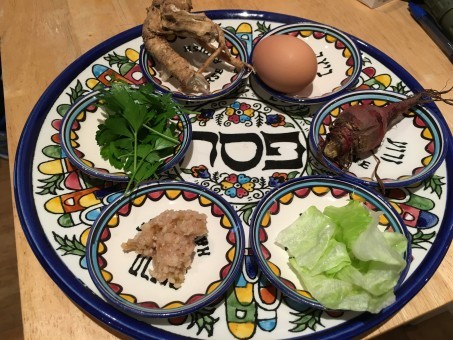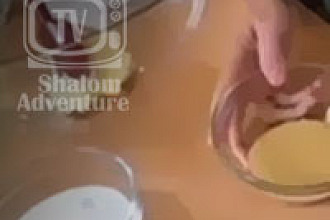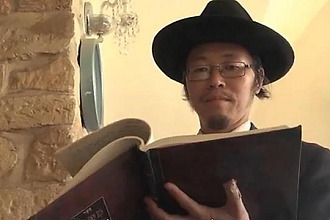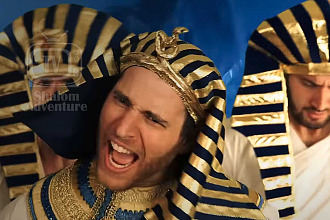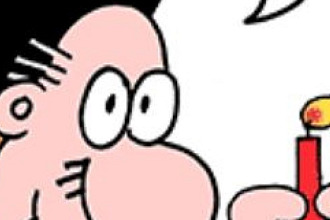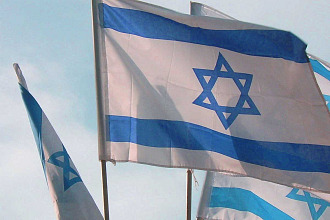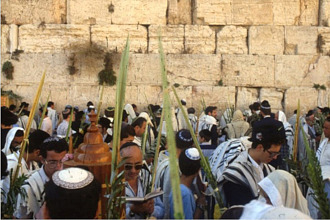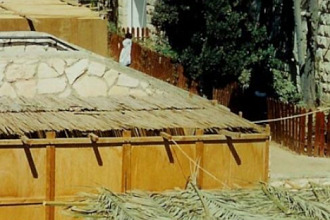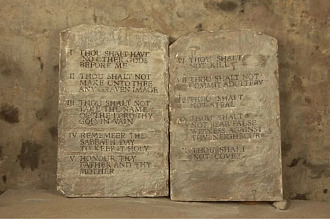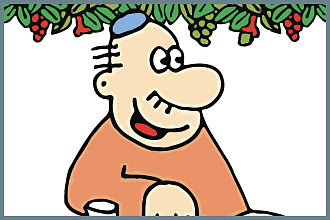Almost every Passover seder (ritual dinner) includes various ritual foods and other items. Nothing on the seder table is selected randomly; each item has its purpose and often its specific place on the table or seder plate.
Remember that as with all symbols, each item has a traditional symbolism, but that shouldn't stop you from coming up with new ideas that are meaningful for you and the people at your seder.
At a Passover seder, the following traditional items are on the table:
Karpas
Karpas is a green vegetable, usually parsley (though any spring green will do). While karpas may symbolize the freshness of spring, others say people eat it to make them feel like nobility or aristocracy. Some families still use boiled potatoes for karpas, continuing a tradition from Eastern Europe where it was difficult to obtain fresh green vegetables.
Chazeret
The chazeret (“khah-ZER-et”) is a second bitter herb, most often romaine lettuce, but people also use the leafy greens of a horseradish or carrot plant. The symbolism is the same as that of maror.
Salt Water
Salt water symbolizes the tears and sweat of enslavement, though paradoxically, it’s also a symbol for purity, springtime, and the sea, the mother of all life. Often a single bowl of salt water sits on the table into which each person dips their karpas during the seder. Then, it’s traditional to begin the actual seder meal with each person eating a hardboiled egg (not the roasted egg!) dipped in the bowl of salt water.
Matzah
Perhaps the most important symbol on the seder table is a plate that has a stack of three pieces of matzah (unleavened bread) on it. The matzot (that’s plural for matzah are typically covered with a cloth. People have come up with numerous interpretations for the three matzot. Some say they represent the Kohen class (the Jewish priests in ancient times), the Levis (who supported the priests), and the Israelites (the rest of the Jews). What symbolism you attribute to this trinity isn't all that important, as long as you’re thinking about it.
During the struggles of Soviet Jewry, a fourth piece of matzah was added to the seder plate to symbolize the struggles of Jews who were not yet free enough to celebrate the Passover. Today, some families still use that fourth matzah as a way of remembering all people who are not yet free to celebrate as they wish.
Wine cups and Wine (or Grape Juice)
Everyone at the seder has a (usually very small) cup or glass from which they drink four cups of wine. Traditionally, the four cups represent the four biblical promises of redemption: “I will bring you out from under the burdens of the Egyptians, and I will rid you from their slavery, and I will redeem you with an outstretched arm, and with great judgments. And I will take you to me for a people” (Exodus 6:6-7). Others say the four cups represent the four letters in the unspeakable Name of God.
Some of the symbols aren’t eaten, such as the roasted lamb shankbone and the roasted egg. However, when it comes time to eat the karpas, the charoset, and the other symbols, different families have different traditions. Some eat the symbols from the seder plate; others give each person their own mini-seder plate to eat from; at larger events, these items may be served family style, with large bowls being passed around so that people can serve themselves.

